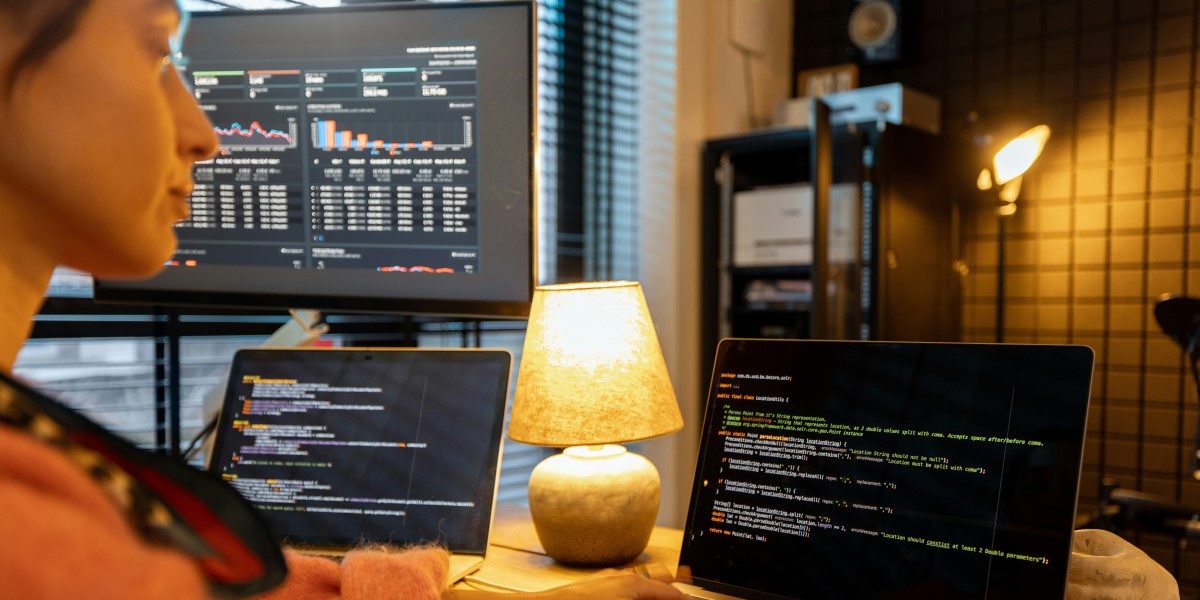Why AI Can’t Do Its Thing Without Good Gear
When people talk about all the cool stuff Artificial Intelligence (AI) does these days – like figuring out faces, having conversations, or even helping doctors – it’s easy to just focus on the clever computer programs. But honestly, none of that magic would work without some seriously strong computer parts doing the heavy lifting. One can think of it this way: AI is the smart thinking part, but the hardware is the engine that makes everything actually go.
At its heart, AI, especially the super smart stuff like “deep learning” (that’s teaching computers to learn from massive piles of data) and those big language models, needs a crazy amount of raw computing muscle. This means billions, even trillions, of calculations happening super-fast. These are things like complex math problems – multiplying huge sets of numbers and doing special kinds of data processing – all to make sense of a ton of information. And for that, just any old computer chip won’t cut it. A regular computer has something called a CPU, or Central Processing Unit. It’s awesome for doing lots of different tasks one by one, like running apps or Browse the internet. But for AI, where thousands of calculations need to happen at the exact same time, a CPU isn’t really built for that kind of teamwork. Trying to train a complex AI model only with a CPU would be painfully slow – think weeks or even months for something that needs to be done way faster. So, for AI to really kick into gear, special computer parts designed to do many things all at once, super quick and smoothly, are essential.
How GPUs Became AI’s Superstars

Here’s a fun fact: one of the biggest game-changers for AI actually came from something made for video games. Yes, it’s the Graphics Processing Unit, or GPU. GPUs were first designed to make game graphics look awesome. To do that, they have to do a ton of similar calculations all at the same time for every single pixel on a screen. Turns out, this exact ability – doing many things in parallel – is perfect for what AI needs. Teaching those “neural networks” (the brain-like structures AI uses to learn) means tweaking billions of tiny settings. And that means a huge number of parallel math problems. GPUs are simply brilliant at this kind of work.
This special power of GPUs has totally changed how fast AI models can learn. What used to take ages on a regular CPU, like weeks or even months, can now be finished in just hours or days with a strong GPU. This huge speed boost means AI researchers can try out much more complex ideas, use even bigger piles of data, and fine-tune their AI models much quicker. And it’s not just for teaching AI. GPUs are also used when an AI model is already trained and needs to do its job, like recognizing something in a photo or responding to a question right away. Their speed and efficiency make them vital for putting AI into everything, from self-driving cars to the AI services many use online every day.
Meet the AI Experts: TPUs and Other Custom Chips
As AI got even smarter and models became even bigger, the need for super specialized computer parts grew even beyond what regular GPUs could handle perfectly. This led to the creation of things called ASICs (that’s “Application-Specific Integrated Circuits”). These are custom-built chips designed to do one very specific job incredibly well.
A famous example of an ASIC made just for AI is Google’s Tensor Processing Unit, or TPU. Unlike GPUs, which are still kind of all-rounders, TPUs are built specifically for the exact kind of math that deep learning networks do – especially something called “tensor operations” (which is just a fancy way of saying working with big grids of numbers). TPUs and other AI ASICs get their speed because they’re designed perfectly for AI math. They can do those number-crunching jobs with fewer steps and use less power than more general chips. So, while GPUs are awesome for the really heavy training of AI models, ASICs like TPUs often shine when it comes to “inference” – that’s when a trained AI model is put to work to make predictions in the real world. Their optimized design makes them super fast and power-efficient, which is perfect for putting AI into smaller gadgets or in huge data centers that run lots of AI stuff. These custom chips are truly pushing the boundaries of what AI hardware can do.
Read also: Key Features to Consider When Buying a Gaming Computer
The AI-Hardware Dream Team: How They Grow Together

The relationship between computer parts and AI is like a perfect team-up, where each one helps the other get better and better. This constant back-and-forth makes the whole AI field leap forward. As AI software gets smarter and needs to handle more tricky tasks, it always demands more and more power from the computer parts. This constant need pushes the companies that make computer chips to invent new and better designs – faster, more energy-saving, and more specialized chips.
In return, when new, more powerful hardware comes out, it opens up new doors for AI. Researchers can then build even bigger and more complicated AI models that they couldn’t even run before. This means AI can start tackling harder problems, chew through even bigger piles of data, and do things that might not have been imagined. And it’s not just about the main processors. Super-fast memory (like the RAM in a computer) and quick storage (like solid-state drives) are also super important, because AI models need to grab and process huge amounts of data really, really fast without anything slowing them down. This never-ending cycle of innovation between AI and hardware is what’s making the whole field so exciting and grow so quickly. Without strong computer parts giving AI the muscle, many of the amazing AI breakthroughs seen today just wouldn’t be happening.
















